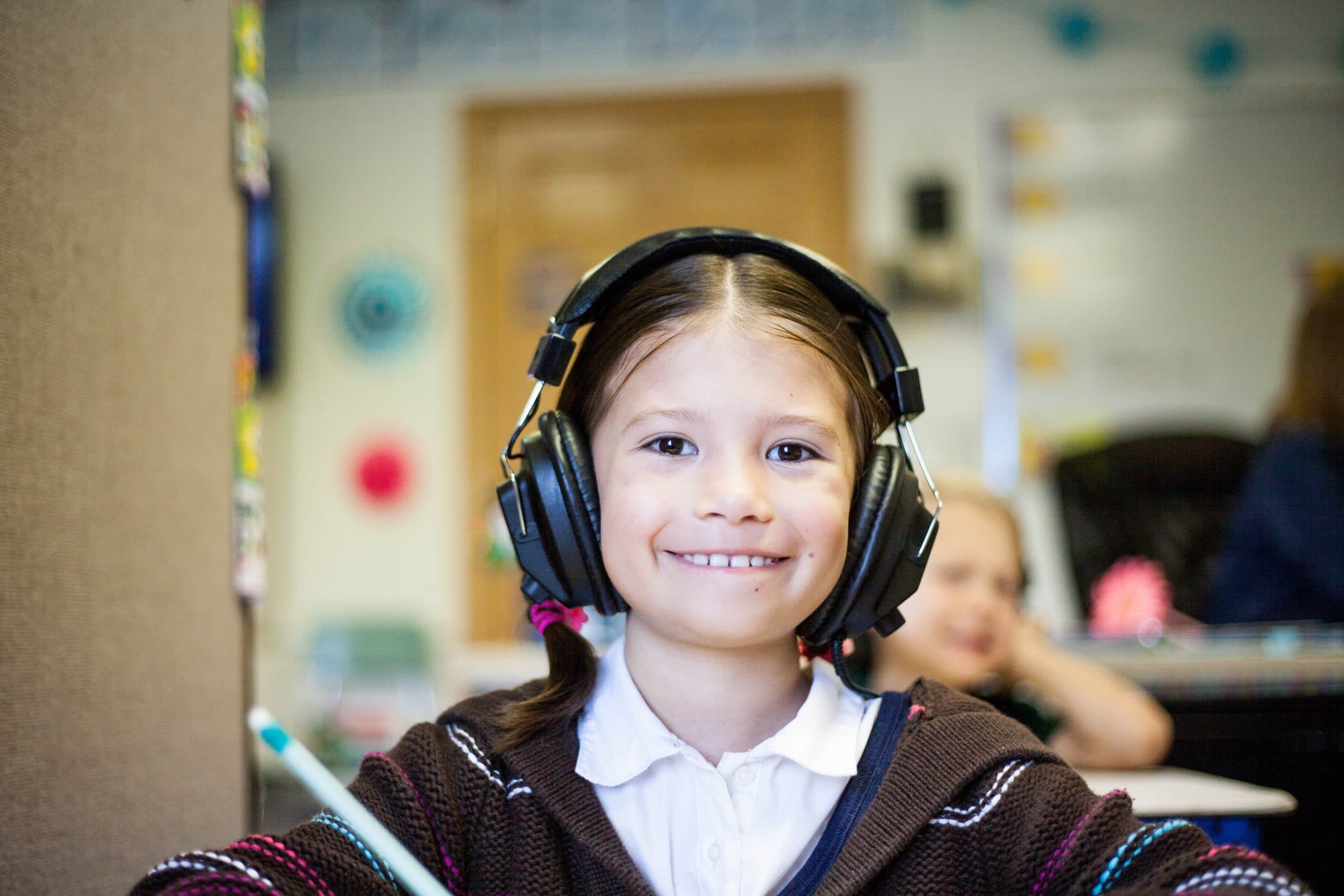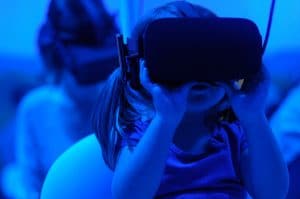Storytelling is important in education because it encourages creativity, communication, and problem solving, all while making meaningful learning experiences. With immersive technology, students are finding new ways to dive deep into a book. These technologies can be used intentionally, with an aim above the standard achievements expected in school. Here are a few of the most exciting virtual reality (VR) and augmented reality (AR) storytelling products.
In the VR realm, Google Spotlight Stories and YouTube 360 videos create the feeling that you are in the story by allowing you to look wherever you choose in the setting. Baobab VR is an interactive cinematic experience that is basically the Pixar of VR.
Students can create their own 360 image for free using Google’s Street View App. Then they can add sound, links, and content using the app Roundme. Portals can be created to access multiple scenes. This tech gives the boring book report a 3D facelift.
On the AR side of innovation, a notable app is Storyfab. To help foster creative communication, children become the directors; they also create the story and add characters and props. To get the best camera shot, each scene is viewable from any angle.
Kouji is a fun app that lets the user create convincing characters that express thoughts and ideas using expressions and animation. These avatars can then be placed into Storyfab. Imagine a classroom where these tools are used to create a story around assigned vocabulary words or make a history lesson come alive; the potential here for learning is unlimited!
With immersive technology, stories are leveled up. Children can create and control the plot, interact with characters, and decide how it all comes to life through animation. With AR and VR, student standards don’t have to be restrictive, but instead they are just the launching pad to learning and showing knowledge. Immersive tech is not the final destination, but a step forward in the evolution of effective teaching methods, where teachers are willing to change expectations for how and what students learn.
Reality Changing Observations:
1. What does your child’s school do to leverage technology in forming empowered learners who are able to think creatively and communicate effectively?
2. Can you think of some ways you could use immersive tech at home to bring variety to playtime?
3. What are some other ways we can use technology to create opportunities for students to learn, solve problems, and apply learning?





